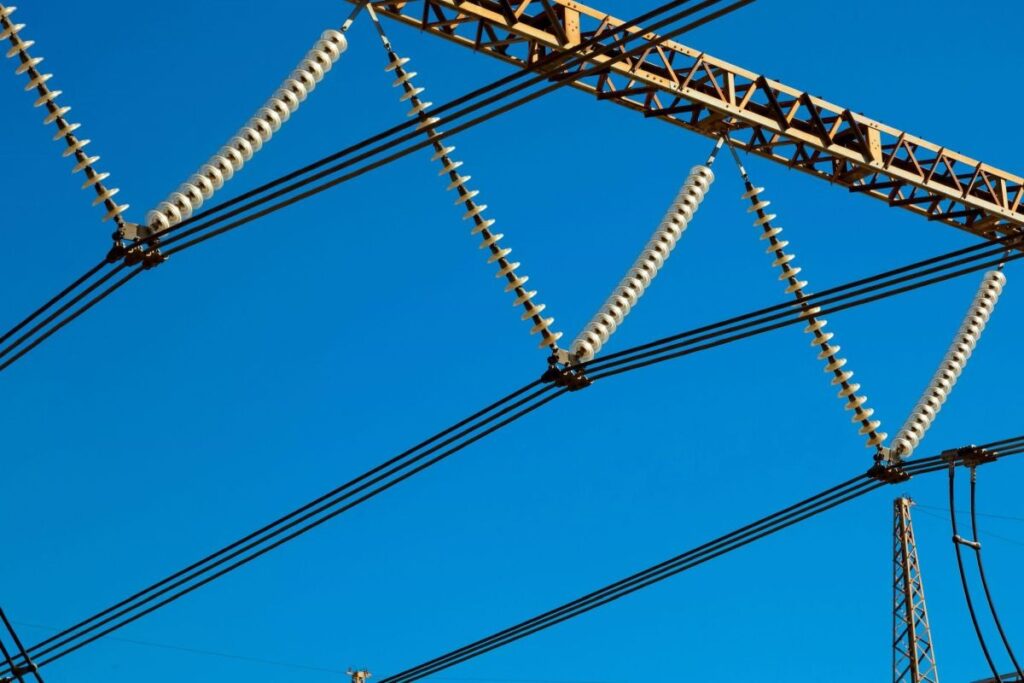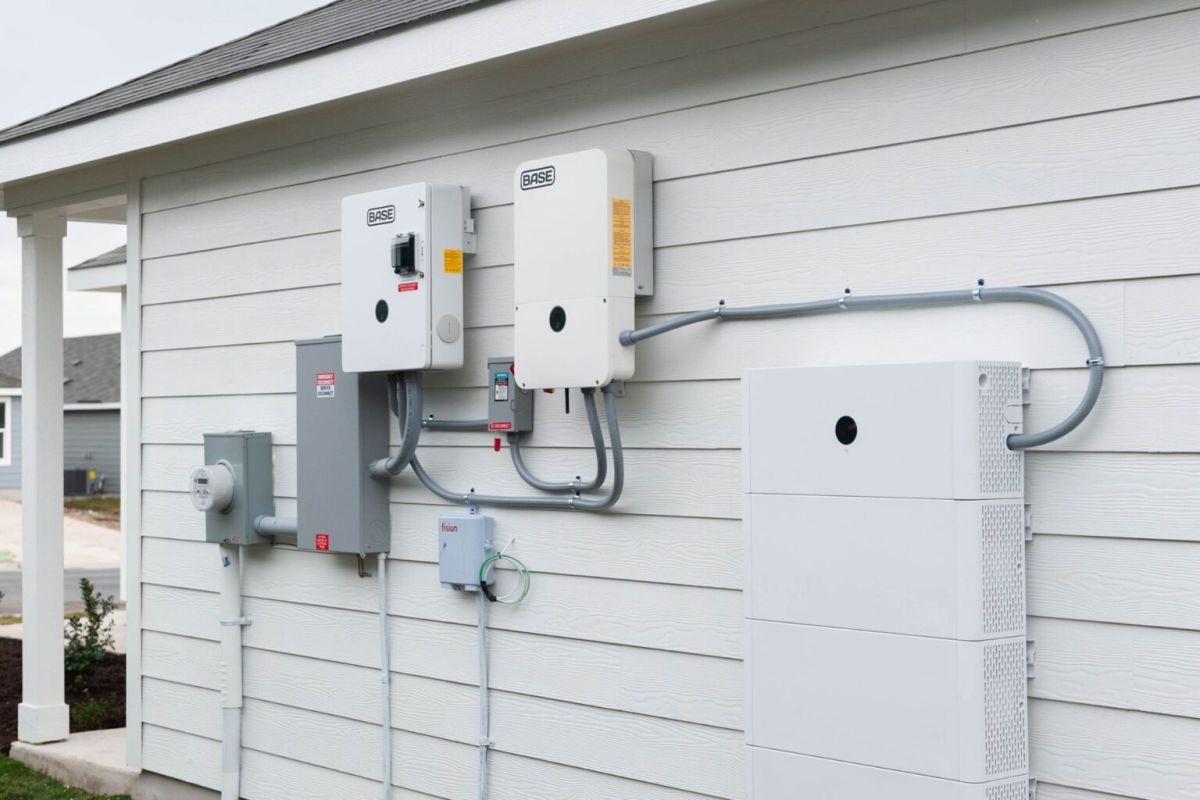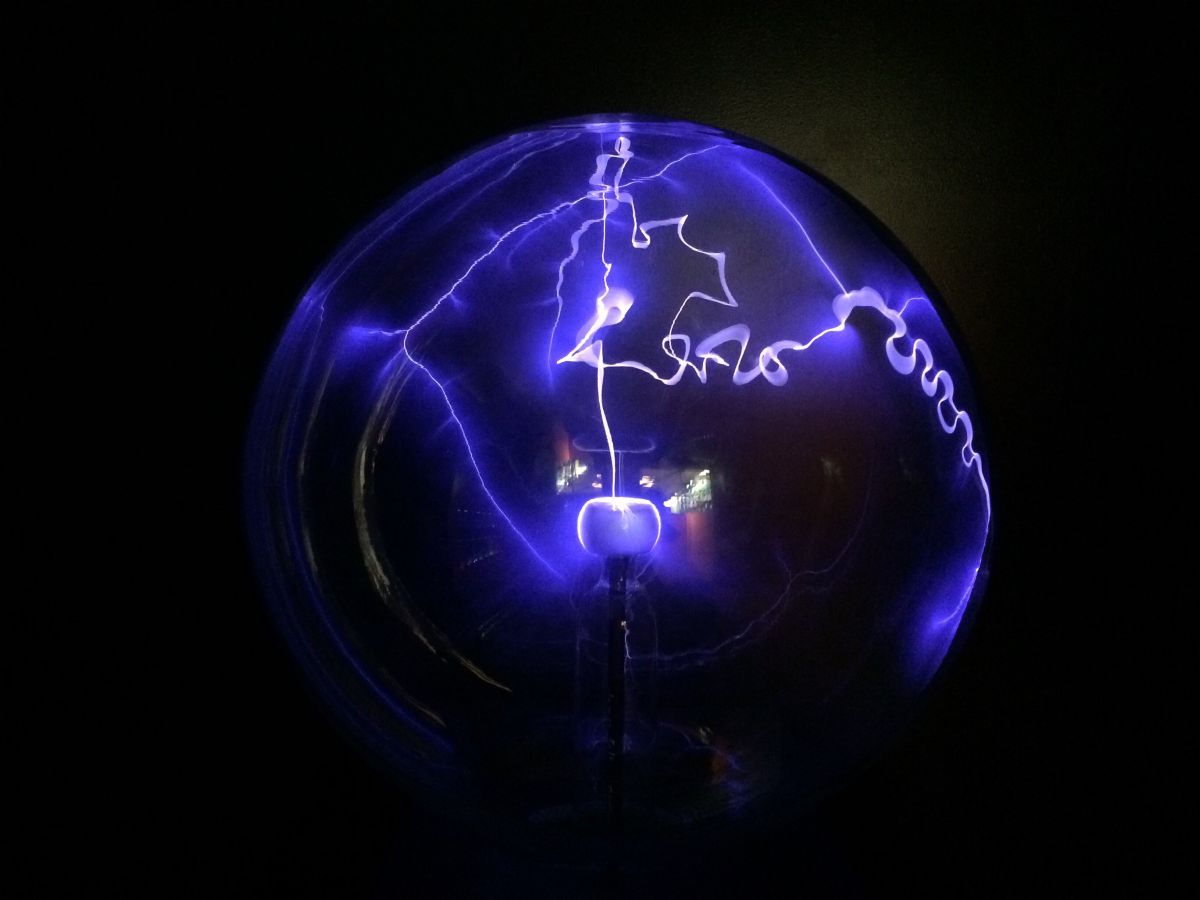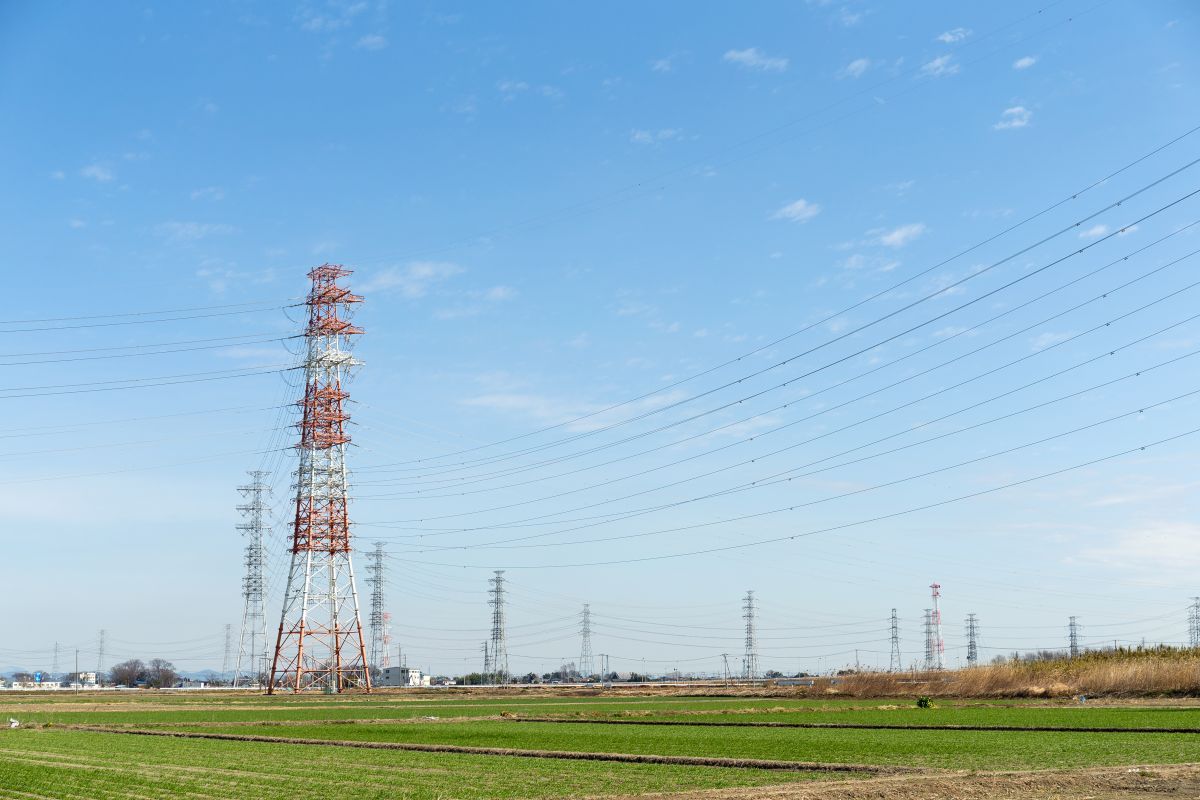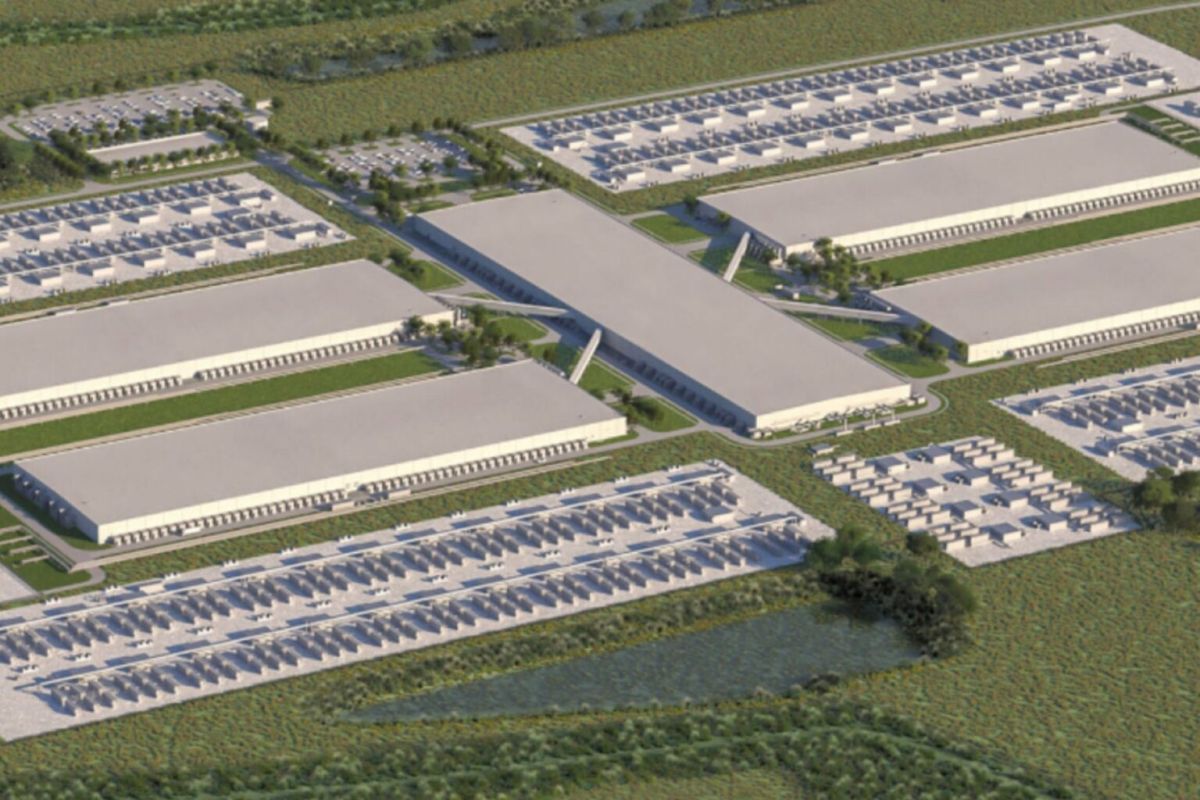WWW.RENEWABLEENERGYWORLD.COM
Nearly 90% of utilities view AI and machine learning as crucial for overcoming operational hurdles during the energy transition, according to a new report, with safety, cybersecurity, and predictive maintenance as the top use cases.
Itron has released its 2024 Resourcefulness Insight Report, which explores the current trends and future expectations of artificial intelligence (AI) and machine learning (ML) on utility operations and strategies.
The report, Exploring AI for Utilities: The Promise and Challenges of Artificial Intelligence, summarizes key findings from 600 utility executives from the U.S., Canada, France, United Kingdom, India and Australia about the strategic importance of AI and ML in addressing industry challenges.
“Our research provides an in-depth look at how utilities are grappling with historic growth in electricity demand while keeping safety front and center,” said Marina Donovan, vice president of global marketing, ESG and public affairs at Itron. “As utilities continue their journey toward a more connected and intelligent grid, the integration of AI and ML becomes both a necessity and a strategic advantage to meeting today’s challenges.”
As demand for electricity continues to grow – which utility executives indicate is driven by data centers for cloud computing and AI (40%), new construction (32%) and sustainability initiatives like solar and electric vehicles (31% ) – utilities are facing unprecedented challenges in maintaining reliable and resilient grid operations.
According to a study published by EPRI in May, data centers could consume up to 9% of U.S. electricity generation by 2030 – more than double the amount currently used. Demand for computing power from data centers, fueled by artificial intelligence and other new technologies, requires enormous amounts of power.
In the U.S., data center demand is expected to reach 35 GW by 2030, up from 17 GW in 2022, McKinsey & Company projects. Grid operators and utilities are projecting significant load growth driven by electrification, new manufacturing, and data center development.
Additional findings include:
- Utilities’ top technology investment priorities over the next five years to address these challenges include distributed energy resource management systems DERMS (26%), sensors (23%), consumer engagement tools (22%), and low-voltage distribution network management (20%).
- 82% of utilities are in the process of adopting AI/ML.
- Enhancing safety is the top use case for AI/ML (49%), followed by cyberthreat detection (34%) and predictive maintenance (33%).
- Barriers to developing and deploying AI/ML solutions are lack of expertise (43%), high investment/integration costs (41%), data infrastructure, governance, standardization and scalability (40%) and risks of unproven technology (39%).
Itron says the report highlights the strategic importance of AI and ML, particularly through the adoption and enhancement of grid edge intelligence. All countries surveyed agreed that the top area where AI and ML can have the biggest impact is detecting and managing potentially dangerous situations.
“As utilities improve intelligence at the grid edge through the adoption of AI and ML, they are optimizing operations and paving the way for a more sustainable and resilient future,” added Donovan. “Our findings reveal that the age of AI for utilities is here, and the strategic deployment of these technologies is crucial for enhancing safety, improving consumer engagement and achieving long-term sustainability goals. The commitment of utilities to harness the power of AI and ML will be a driving force in shaping the next generation of smart utility management.”
A full copy of the Itron Resourcefulness Insight Report, as well as the research, is available here.


